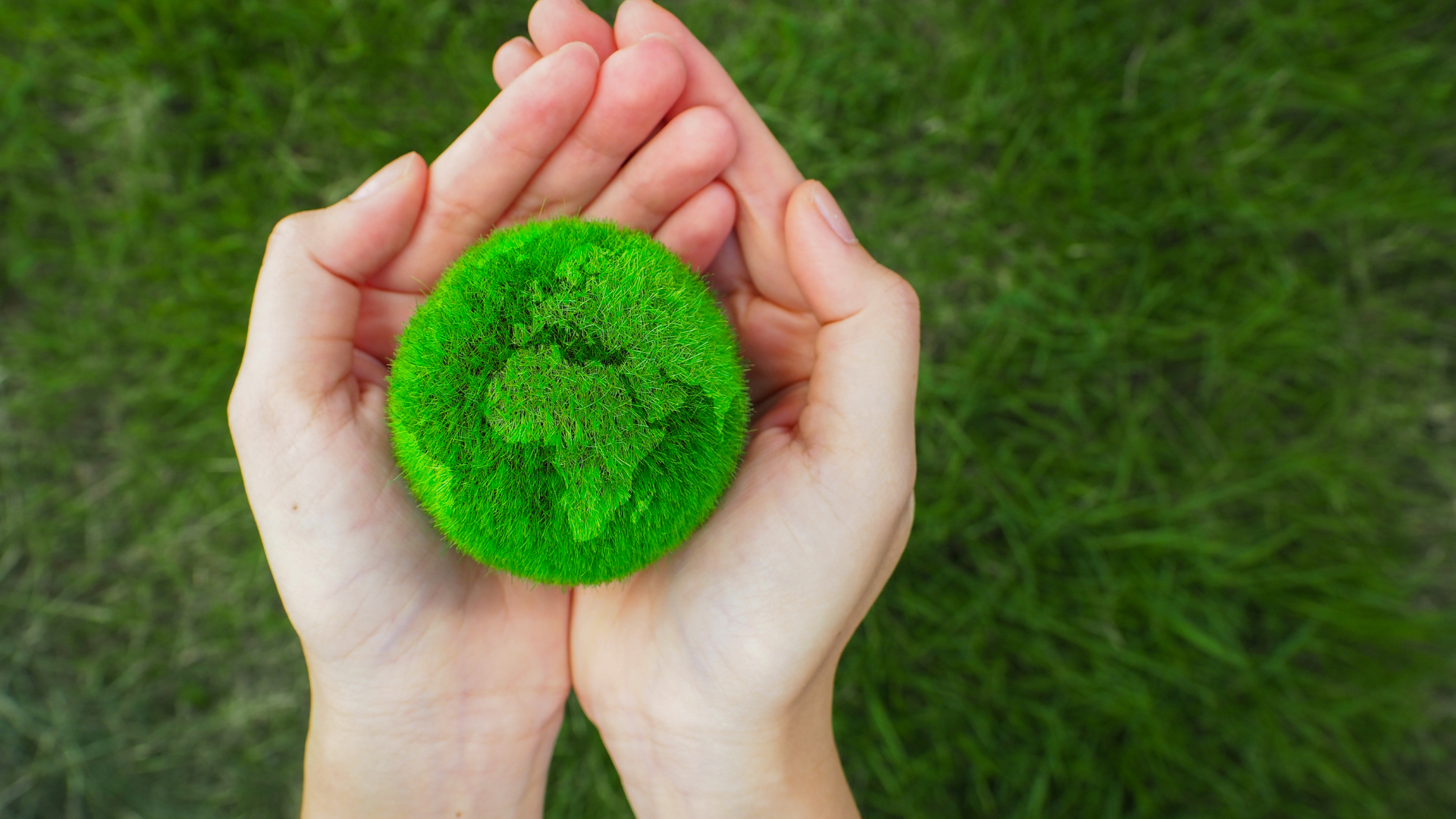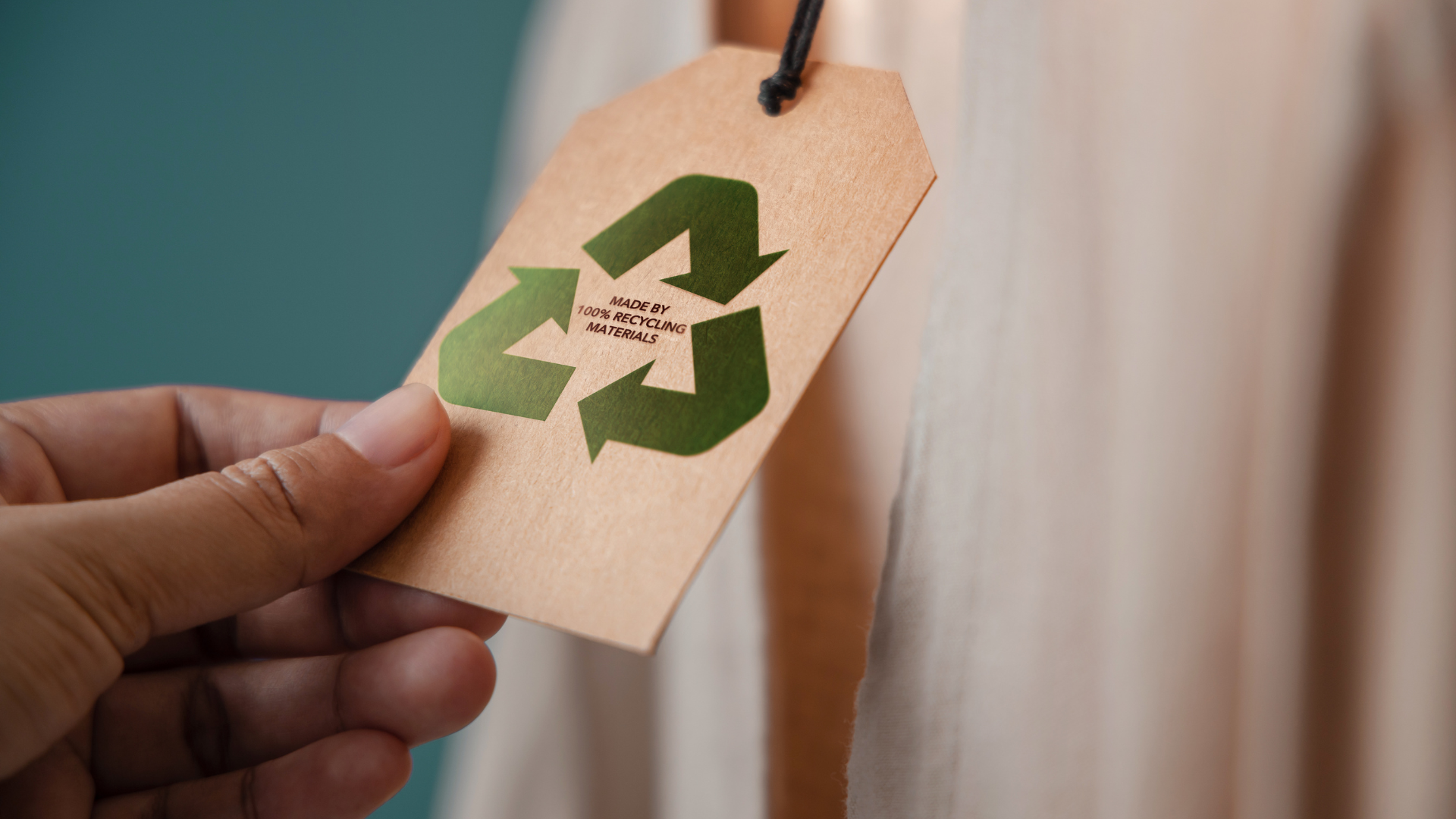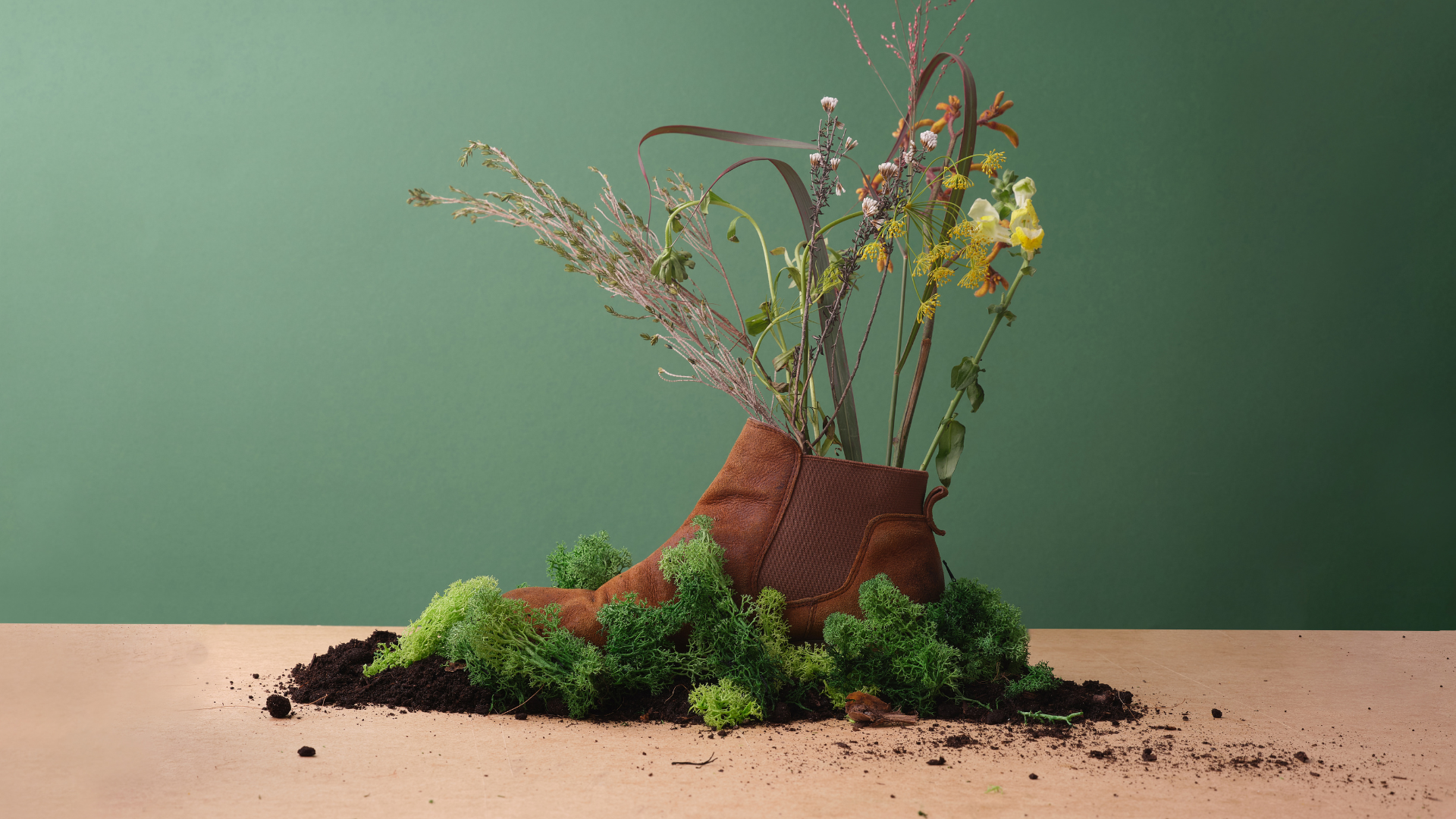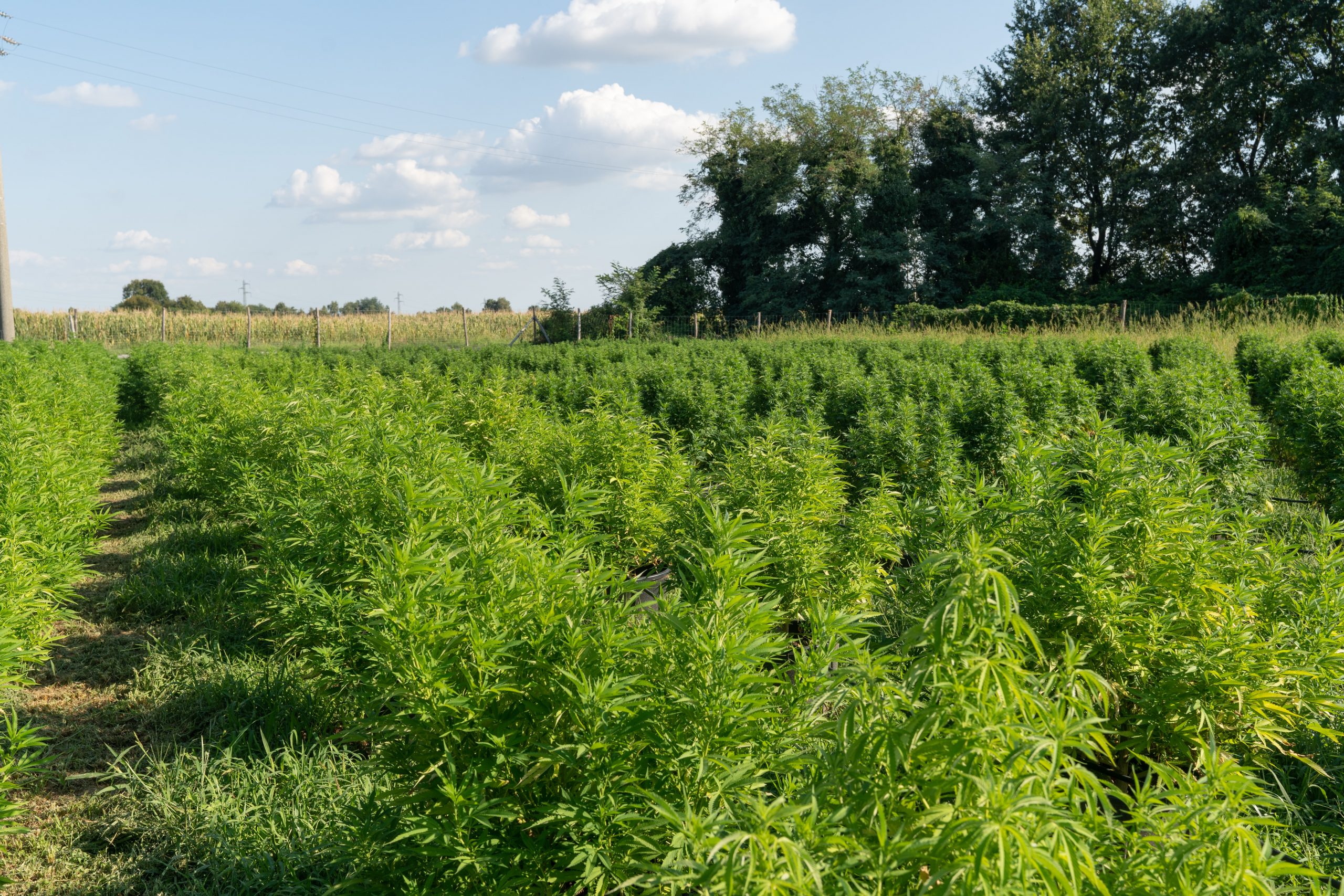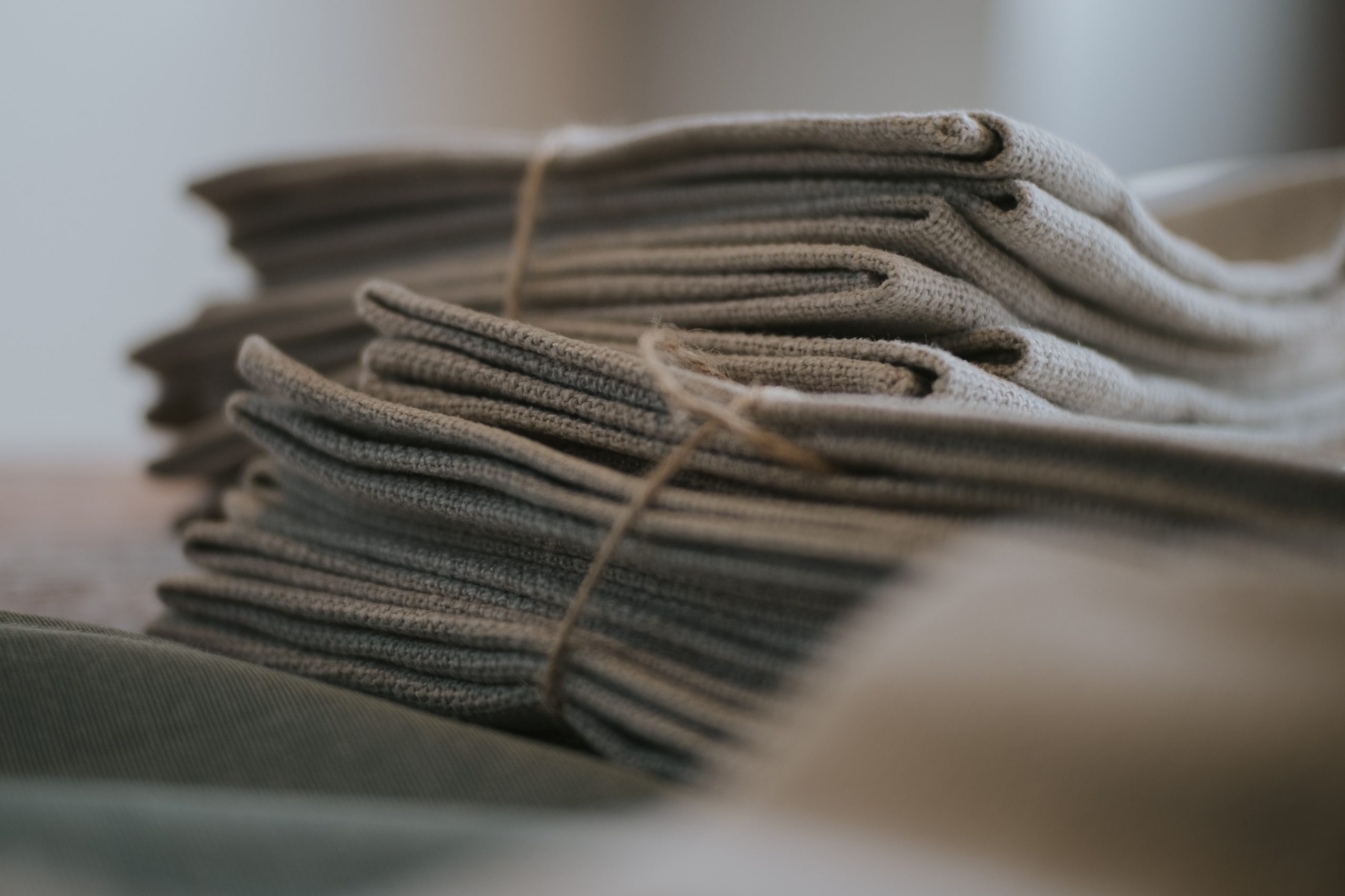Año Nuevo, Nueva Huella: Por Qué la Sostenibilidad Debe Estar al Frente de tu 2025
Adoptando la Sostenibilidad: ¿Qué Significa?
La sostenibilidad va más allá de reciclar o usar productos ecológicos. Se trata de tomar decisiones conscientes que reduzcan nuestra huella de carbono y preserven los recursos naturales para las futuras generaciones. Ya sea optando por fuentes de energía renovable, reduciendo los plásticos de un solo uso o apoyando marcas éticas y eco-conscientes, cada pequeño paso cuenta.¿Por Qué Debería Importarte?
Las razones para priorizar la sostenibilidad son poderosas. Al adoptar prácticas sostenibles, no solo contribuimos a un ambiente más limpio, sino que también:- Protegemos los Recursos Naturales: Conservar agua, reducir la deforestación y minimizar los desechos ayudan a preservar los recursos de la Tierra.
- Combatimos el Cambio Climático: Reducir las emisiones de gases de efecto invernadero mediante prácticas sostenibles ayuda a mitigar los impactos del cambio climático, como desastres naturales cada vez más graves, incluidos huracanes, inundaciones y los devastadores incendios forestales en California.
- Promovemos una Vida Más Saludable: Elegir alimentos orgánicos y productos libres de químicos nocivos apoya el bienestar personal y reduce la exposición a toxinas.
Cómo Empezar
Incorporar la sostenibilidad en tu vida diaria no tiene que ser complicado. Aquí hay algunos pasos simples que puedes tomar:- Reduce, Reutiliza, Recicla: Comienza reciclando materiales como papel, plástico y vidrio. Busca formas de reutilizar artículos en lugar de desecharlos.
- Conserva Energía: Apaga luces y electrodomésticos cuando no los uses, cambia a bombillas de bajo consumo y considera instalar paneles solares o usar fuentes de energía renovable.
- Apoya Marcas Sostenibles: Elige productos de empresas comprometidas con prácticas éticas, comercio justo y un impacto ambiental mínimo.
Súmate al Movimiento
En TerraRoots, estamos apasionados por la sostenibilidad y por ayudar a las personas a tomar decisiones informadas. Ya sea que quieras aprender más sobre prácticas ecológicas o descubrir productos sostenibles, nuestra comunidad está aquí para apoyarte en cada paso del camino. Hagamos de 2025 un año de cambio positivo. Juntos, podemos crear un futuro más verde y sostenible para todos.Conclusión Incorporar la sostenibilidad en tu vida no se trata solo de cumplir con una lista, sino de marcar una diferencia significativa. Únete a TerraRoots en este viaje hacia un futuro más sostenible. ¿Listo para dar el primer paso? Explora nuestro blog para obtener más consejos, recursos e inspiración y comienza hoy mismo tu camino hacia la sostenibilidad.
De la Suela al Alma: Cómo el Calzado Sostenible Apoya un Planeta Más Verde
1. Materiales Ecológicos
El calzado sostenible utiliza materiales como caucho reciclado, algodón orgánico y cueros de origen vegetal. Estas opciones reducen los residuos, minimizan la contaminación y eliminan la necesidad de químicos dañinos en la fabricación tradicional.2. Durabilidad Significa Menos Residuos
Los zapatos sostenibles de alta calidad están hechos para durar, lo que significa menos reemplazos y menos residuos en los vertederos. Al invertir en calzado duradero, estás ayudando a romper el ciclo de la moda rápida.3. Prácticas de Producción Éticas
Las marcas sostenibles se enfocan en salarios justos, condiciones de trabajo seguras y en minimizar el impacto ambiental. En Terra Roots, estamos orgullosos de priorizar la fabricación ética en América del Norte, asegurando que nuestros zapatos sean buenos para el planeta y para las personas que los crean.4. Una Huella de Carbono Más Pequeña
El calzado sostenible suele utilizar métodos de producción locales y procesos energéticamente eficientes, reduciendo las emisiones de carbono. Los diseños ligeros de zapatos minimalistas también requieren menos recursos para su producción y transporte.5. Fomentando el Consumo Consciente
Cambiar al calzado sostenible promueve un enfoque consciente al comprar. Se trata de elegir calidad sobre cantidad y asegurarte de que tus compras reflejen tus valores.Terra Roots: Camina Ligero, Vive Plenamente
En Terra Roots, nuestros zapatos minimalistas combinan un diseño saludable con prácticas ecológicas. Creemos que cada paso que tomas debe dejar un impacto positivo, de la suela al alma. ¿Listo para marcar la diferencia? Explora nuestra colección de zapatos sostenibles hoy y únete al movimiento por un planeta más verde.De los Materiales a la Fabricación: El Viaje de Crear Zapatos Sostenibles
- Cáscara de Arroz: Un subproducto natural de la producción de arroz, la cáscara de arroz es duradera, liviana y biodegradable, lo que la convierte en un material ideal para el calzado sostenible.
- Cáñamo: Conocido por su resistencia y bajo impacto ambiental, el cáñamo es un material versátil que requiere menos agua y menos pesticidas que los cultivos tradicionales como el algodón.
- Algodón Orgánico: Cultivado sin pesticidas nocivos ni fertilizantes sintéticos, el algodón orgánico es suave con el medio ambiente y transpirable para tus pies.
- Plásticos Reciclados: Al reutilizar plásticos que de otro modo acabarían en vertederos o en los océanos, ayudamos a reducir los desechos y les damos una nueva vida en nuestros zapatos.
- Prácticas Laborales Justas: Garantizamos condiciones de trabajo seguras, salarios justos y el bienestar de todos los empleados involucrados en el proceso de producción.
- Eficiencia Energética y del Agua: Nuestras instalaciones de fabricación están diseñadas para reducir el consumo de energía y minimizar el uso de agua, ayudando a disminuir la huella de carbono general de cada par de zapatos.
- Producción de Bajo Desperdicio: Nos enfocamos en minimizar los residuos durante la producción al cortar cuidadosamente los materiales y reutilizar los restos o excedentes.
Moda Sostenible: Por Qué los Zapatos Ecológicos Son el Futuro del Calzado
El Costo Oculto de la Moda Rápida: El Problema del Plástico y su Impacto Ambiental
El Auge de la Moda Plástica:
Las fibras sintéticas como el poliéster, el nailon y el acrílico han aumentado en popularidad en las últimas décadas, gracias a su asequibilidad, durabilidad y versatilidad. Sin embargo, lo que muchos consumidores pueden no darse cuenta es que estos materiales están esencialmente derivados del plástico. El poliéster, por ejemplo, está hecho de etilenglicol y ácido tereftálico, ambos derivados del petróleo, un recurso no renovable.Impacto Ambiental:
Las consecuencias ambientales de la moda basada en plástico son múltiples. En primer lugar, está el problema de la contaminación por microplásticos. Cuando se lavan prendas sintéticas, desprenden diminutas fibras de plástico que llegan a ríos, océanos y, en última instancia, a la cadena alimentaria. Estos microplásticos no solo representan una amenaza para la vida marina, sino que también tienen el potencial de acumularse en nuestros cuerpos, con efectos de salud a largo plazo desconocidos. Además, la producción de fibras sintéticas es altamente intensiva en energía y contribuye a las emisiones de gases de efecto invernadero. Desde la extracción de materias primas hasta el proceso de fabricación, cada etapa de la cadena de suministro exacerba el cambio climático y agota los recursos naturales. Además, la eliminación de la ropa basada en plástico plantea un desafío significativo, ya que estas prendas pueden tardar cientos de años en descomponerse en vertederos, liberando productos químicos nocivos en el proceso.Repensando Nuestros Hábitos de Consumo:
Está claro que el modelo actual de moda rápida es insostenible. Como consumidores, tenemos la responsabilidad de exigir una mayor transparencia y responsabilidad por parte de las marcas de moda y de tomar decisiones más conscientes sobre la ropa que compramos. Optar por fibras naturales como algodón orgánico, lino y lana puede ayudar a reducir nuestra dependencia de la moda basada en plástico y minimizar nuestra huella ambiental. En Terra Roots, somos plenamente conscientes de los peligros ambientales asociados con la moda basada en plásticos, y estamos comprometidos a liderar con el ejemplo en la búsqueda de la sostenibilidad. A diferencia de muchas marcas convencionales, priorizamos el uso de materiales naturales y respetuosos con el medio ambiente en nuestros productos. Desde algodón y cáñamo hasta alternativas innovadoras como la cáscara de arroz y el metal, seleccionamos cuidadosamente materiales que minimizan nuestra dependencia de los plásticos y reducen nuestra huella ambiental. Al elegir Terra Roots, puedes confiar en que tu ropa no solo es elegante y funcional, sino que también está hecha teniendo en cuenta el bienestar del planeta. Juntos, abracemos un enfoque más consciente de la moda, uno que celebra las fibras naturales, reduce la contaminación por plásticos y allana el camino hacia un futuro más verde y sostenible. Únete a nosotros en este viaje hacia un mundo donde la moda y el cuidado del medio ambiente vayan de la mano.Fast Fashion: la catástrofe medioambiental que acecha en tu armario
La moda rápida se ha convertido en una tendencia popular en los últimos años, con minoristas produciendo nuevos estilos de ropa a un ritmo alarmante. Si bien la moda rápida puede parecer una opción conveniente y asequible para mantenerse al día con las últimas tendencias, tiene consecuencias devastadoras para el medio ambiente.
Aquí hay algunas razones por las cuales la moda rápida es perjudicial para el medio ambiente:
- Producción de ropa barata y desechable: Los minoristas de moda rápida producen grandes cantidades de ropa barata y desechable hecha de materiales de baja calidad. Esto conduce a una enorme cantidad de residuos textiles que terminan en vertederos, tardando cientos de años en descomponerse.
- Sobreconsumo y desperdicio: La industria de la moda rápida fomenta el sobreconsumo y una cultura de usar y tirar, lo que conduce a más desperdicio y degradación ambiental. Con las tendencias cambiando tan rápidamente, los consumidores están constantemente comprando y desechando ropa, contribuyendo a la creciente crisis ambiental.
- Contaminación por la producción textil: La producción textil es una industria altamente contaminante, con la producción de telas sintéticas emitiendo productos químicos dañinos y liberando gases de efecto invernadero. El uso de pesticidas en el cultivo de algodón también contribuye a la contaminación ambiental.
- Explotación laboral: Los minoristas de moda rápida a menudo dependen de mano de obra barata en países en desarrollo, lo que conduce a malas condiciones de trabajo, salarios bajos y explotación de los trabajadores. Esto lleva a un problema de derechos humanos y perpetúa un ciclo de pobreza.
Para combatir los efectos perjudiciales de la moda rápida, es importante reducir el sobreconsumo y el desperdicio mediante la compra de ropa de alta calidad hecha de materiales sostenibles. Los consumidores también pueden apoyar a marcas de moda éticas que priorizan prácticas laborales justas y métodos de producción ambientalmente responsables.
Fast fashion has become a popular trend in recent years, with retailers churning out new clothing styles at an alarming rate. While fast fashion may seem like a convenient and affordable option for keeping up with the latest trends, it has devastating consequences for the environment.
Here are some reasons why fast fashion is harmful for the environment:
- Production of cheap and disposable clothing: Fast fashion retailers produce large quantities of cheap, disposable clothing made from low-quality materials. This leads to a massive amount of textile waste that ends up in landfills, taking hundreds of years to decompose.
- Overconsumption and waste: The fast fashion industry encourages overconsumption and a throwaway culture, leading to more waste and environmental degradation. With trends changing so rapidly, consumers are constantly buying and disposing of clothing, contributing to the growing environmental crisis.
- Pollution from textile production: Textile production is a highly polluting industry, with the production of synthetic fabrics emitting harmful chemicals and releasing greenhouse gases. The use of pesticides in cotton farming also contributes to environmental pollution.
- Exploitation of labor: Fast fashion retailers often rely on cheap labor in developing countries, leading to poor working conditions, low wages, and exploitation of workers. This leads to a human rights issue and perpetuates a cycle of poverty.
To combat the harmful effects of fast fashion, it is important to reduce overconsumption and waste by purchasing high-quality clothing made from sustainable materials. Consumers can also support ethical fashion brands that prioritize fair labor practices and environmentally responsible production methods. The fast fashion industry has severe environmental consequences, and it is up to consumers to make conscious choices and support sustainable fashion alternatives.
6 Ways Hemp can Impact the Planet
Hemp is one of the most versatile and oldest crops in the world. There are many ways it can impact the planet that you might not have even thought of yet. Here are 6 ways that hemp could be the differentiator we’ve been looking for.
#1) Hemp can produce renewable biofuel
A 2010 study at UCONN found that hemp converts to biodiesel at a 97 percent efficiency rate, and burns at a lower temperature than any other type of biofuel on the market.
“The plant’s ability to grow in infertile soils also reduces the need to grow it on primary croplands, which can then be reserved for growing food. For sustainable fuels, often it comes down to a question of food versus fuel,” says Richard Parnas, who led the study, noting that major current biodiesel plants include food crops such as soybeans, olives, peanuts, and rapeseed. “It’s equally important to make fuel from plants that are not food, but also won’t need the high-quality land.”
Because there is already a hemp industry, this non-toxic fuel source can be created with little additional investment, and is an option that can be domestically produced and totally renewable.
Plus, when burned in a diesel engine, hemp eradicates the exhaust odor of petroleum with the pleasant smell of hemp. Renewable and smells great? Count us in!
#2) Growing hemp prevents pesticide pollution
Hemp is naturally resistant to pests, and therefore does not require pesticides or herbicides like other crops. In turn, increasing our use of hemp will help to decrease the use of pesticides.
When used on land, pesticides seep into water sources contaminating the water and harming living creatures within that water, negatively impacting the ecosystem.
This also impacts those drinking the water, and pesticides have been linked to many health issues such as birth defects, reproductive dysfunction, diabetes, Parkinson’s, Alzheimer’s disease, and several types of cancer.
By choosing hemp, we can significantly reduce the exposure to unnecessary toxins and pollutants for ourselves and the world we live in.
#3) Hemp helps to restore soil fertility
Hemp grows in many different types of soils and terrains. Its deep roots help to hold the soil together which, in turn, prevents soil erosion.
Hemp also increases the microbial content of the soil, and the roots give nitrogen and other nutrients to it. After the harvest, this soil makes excellent compost amendments for other plants, and hemp cultivation can follow the rotation of agriculture with wheat or soybean. In fact, the same soil can be used to grow hemp for many years, without losing its high quality.
This ability to rotate crops helps to support sustainable agriculture.
#4) Growing hemp prevents soil compaction and erosion
Did you know soil compaction and erosion are some of the biggest problems facing farmers today?
This is especially true for farmers within the Midwest who often depend on two staple crops – soybeans and corn.
Corn contains a deep and fibrous root system that penetrates the ground deep below the surface. Over time, these roots can lead to soil compaction during the winter and spring. Soybeans also have a strong root system but do not penetrate below the topsoil. As a result, soil erosion can frequently occur. However, hemp is capable of repairing damaged soils. In fact, introducing hemp into crop rotations not only adds diversity but can also reverse the effects of soil compaction and erosion. Hemp contains deep roots that can reach up to nine feet below the surface. These hearty roots help to break up soil compaction while also increasing nutrient absorption
#5) The hemp plant absorbs toxic metals
Hemp is very efficient at pulling heavy metals from soil. It’s what helps it grow so abundantly and quickly. Trees take decades to harvest, whereas hemp only takes months.
Because of hemp’s ability to pull metals from the soil, it can be used very effectively to clean up areas that are contaminated.
Hemp is so effective at absorbing toxic materials it has even been considered for removing radiation from Fukushima.
#6) Hemp can produce biodegradable plastics
Americans purchase approximately 42.6 billion individual 1-liter bottles of water each year. A number even further illuminated with the knowledge that plastic water bottles can take anywhere between 400 and 1,000 years to decompose.
The basic building blocks of plastics are cellulose derived from petroleum. Yet petroleum is highly toxic. Hemp on the other hand happens to be the greatest cellulose producer on earth. It also happens to be biodegradable.
Hemp also produces a very strong material. Henry Ford used hemp-and-sisal cellulose plastic to build car doors and fenders in 1941. On video Henry Ford demonstrated that his hemp cars were more resistant to blows from a sledgehammer than steel-bodied cars were.
Why not choose this strong, non-toxic, and biodegradable hemp option for producing plastics?
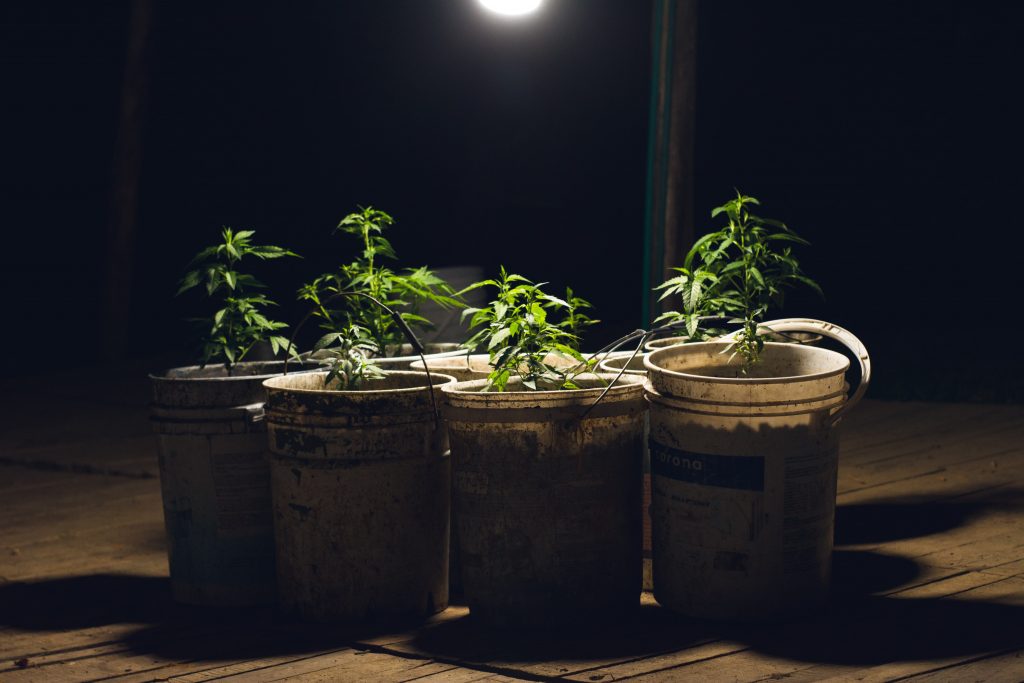
These are just 6 of many ways that hemp is good for the environment. Hemp is often misunderstood because of its history of being banned. Maybe you haven’t thought of hemp before, for example, in terms of soil quality, or pesticide use. With many countries legalizing even the psychoactive part of the cannabis plant, it’s important for us to take this opportunity and have a close look at how making some adjustments and utilizing hemp more can have a positive impact on the Earth we live in.
Making the Switch to Barefoot Shoes
You’ve been thinking about it for a while, and now you’re ready to take the plunge! Congratulations on making a choice that will have a positive impact on your life and health. Now that you’re ready, you might be wondering, how can I switch shoe types gracefully? This is a great question, and although you might be excited about your new shoes, we suggest that you don’t quit your old shoes cold turkey. Logging many miles on your barefoot shoes right off the bat will leave you feeling sore and uncertain of your new upgrade. Easing into it is the best approach. Let us explain why.
Your lower legs, ankles, and feet have become lazy
Yes, you read that right. After years (probably your whole life) of shoes that offer great amounts of cushion and shock absorption, your muscles have not had to move in the ways they were designed to in a long time. This has made them less flexible and slightly weaker. Because of this, if you start wearing your new barefoot shoes everywhere, you’re not giving your feet time to build this muscle. To avoid pain or injury in the beginning, starting slow is best.
Your gait has become accustomed to the shoes that you are currently using
Your gait includes your posture, your stride, and overall how you move about in the world. Switching shoes means that this will change. Just like how you are going to give your feet, ankles and lower legs time to adjust and build up muscle, you might also be using different muscles more when your gait changes that need time to build themselves up as well. Again, making the switch slowly will give your body time to strengthen where it needs to, preventing pain and possible injury.
So now you understand why you should start slowly. But how should you execute this masterful switch? That is a great question, and we can help you with an actionable plan.
How do I make the switch?
We suggest that you start by wearing your shoes around the house. This will give your feet something familiar to land on that they might even be used to walking barefoot on already. Next, start going for short walks outside, slowly increasing to longer walks. When you feel comfortable with this, you can start going for jogs, and so on. This process will be true for any style of shoe you’re starting with, whether it’s a sandal, a casual wear shoe, or a running shoe. Start out small, and work your way up to wherever you want to land.

